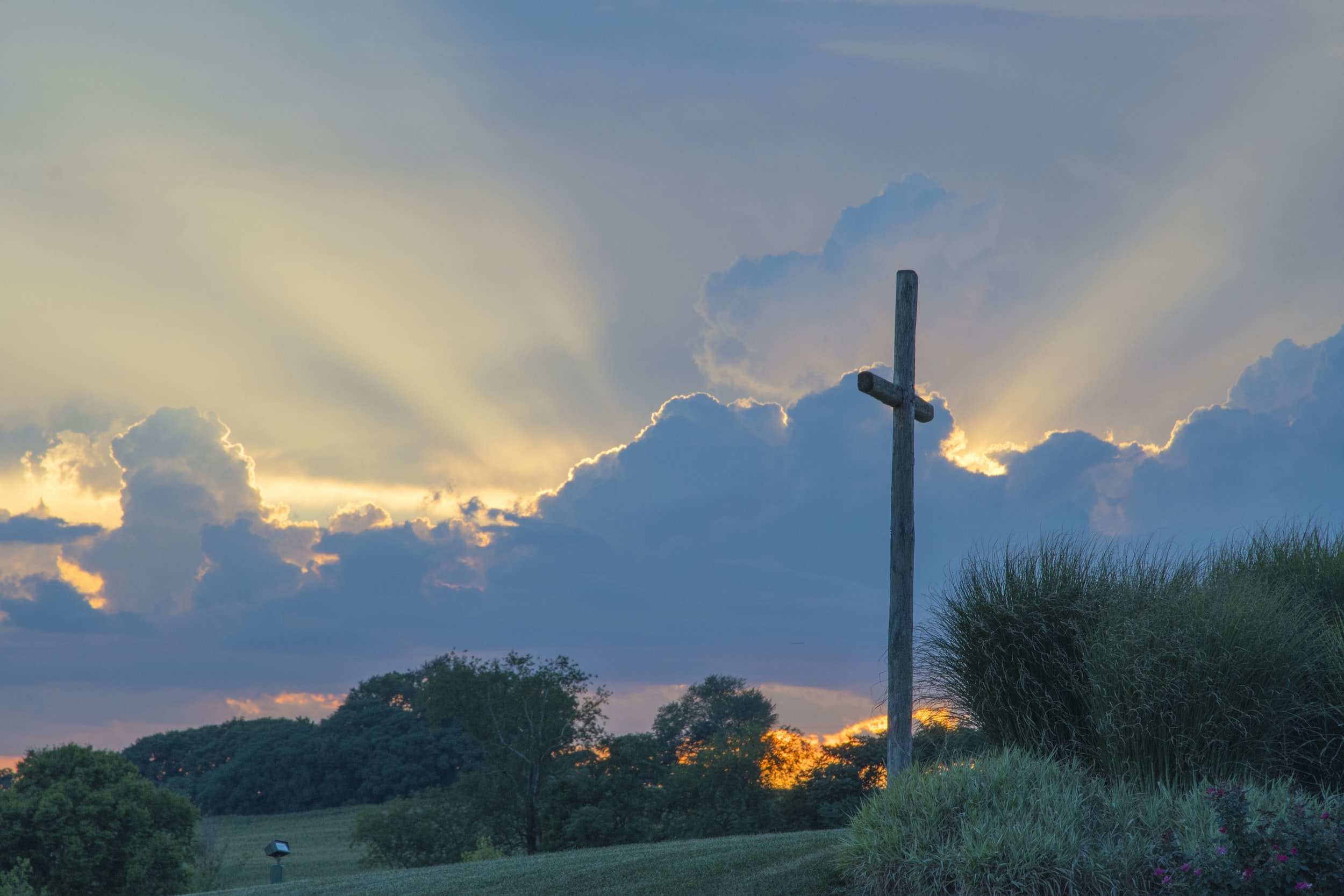On this 3rd Sunday of Lent, the Gospel of Luke presents us with a parable about a fig tree; the owner of the vineyard; and a gardener who takes care of the vineyard.
Image: Unsplash/Jametlene Reskp
The fig tree (representing humanity) is not bearing fruit. The owner (God) is frustrated over this situation and suggests that it is time to cut the tree down. The gardener (Jesus who has been preaching repentance for 3 years) suggests that the owner give the tree a little more time, so that He can water and fertilize it. The vineyard owner grants another year of life to the fig tree.
Over the past two+ years with COVID restrictions and all that this pandemic has entailed personally and collectively most of us perhaps have identified with the fig tree in the Gospel. Cut off from family, friends, work etc. questions such as “what can I do” or “how am I to live in this new time” often arose in many of us on a daily basis. We felt barren and not able to be the people we were before the pandemic took over our entire lives. I am wondering if in our own minds, can we imagine God’s frustration with us and our response to these cautionary health restrictions which in some cases caused division across our province and our world.
Image: Unsplash/Elena Mozhvilo
With the immediacy of the current world crisis, I see the image of the fig tree (humanity) beginning to bear fruit these past weeks as we (almost the entire world) stand in solidarity with the people of Ukraine. We are seeing humanity on two sides of the same coin. One side continues to send missiles, block roads, cut off power, food and shelter for the people AND the other side reaching out and welcoming strangers into their homeland offering food, shelter, and support.
Image: Unsplash/Delia Giandeini
God (the owner) in His mercy grants us another day, another hour, another breath, another opportunity. During these Lenten days Christ (the gardener) once again stands at the door of our hearts calling us to turn away from sin, repent, and embrace the Gospel message of love, so that through the grace of transformation our words and actions will bear fruit that will last.
The Prophet Isaiah (Isaiah 55:v 6) reminds us to “seek God while God may be found, call on God while God is still near”. These present day realities starkly remind us that we are living on borrowed time. How will I choose to live in this time? Who is my neighbor and to whom am I neighbor? How am I listening to God, to the universe, to the pulse of our world?
Reflection by Sister A. MacDonald and L. Bordonaro











